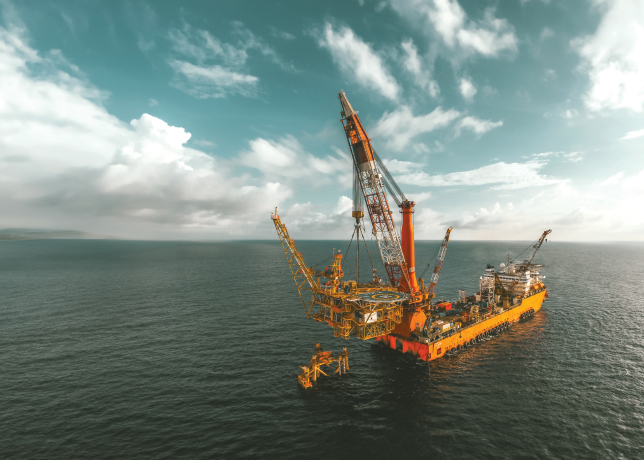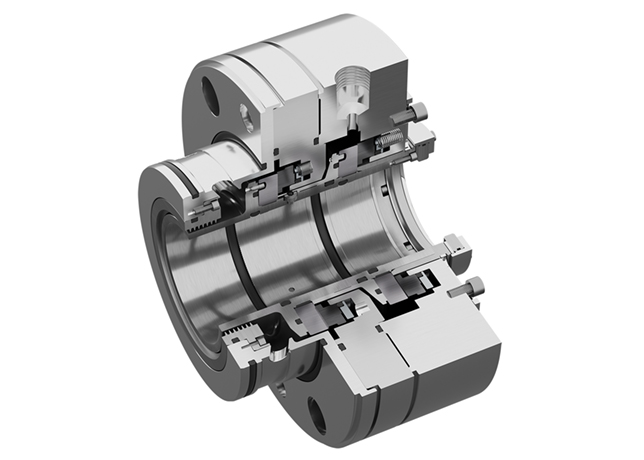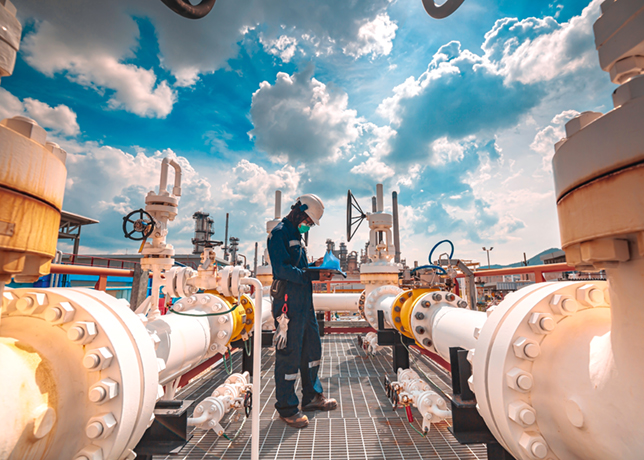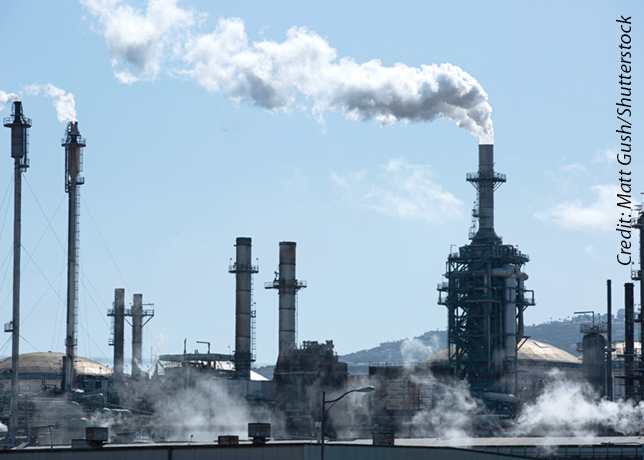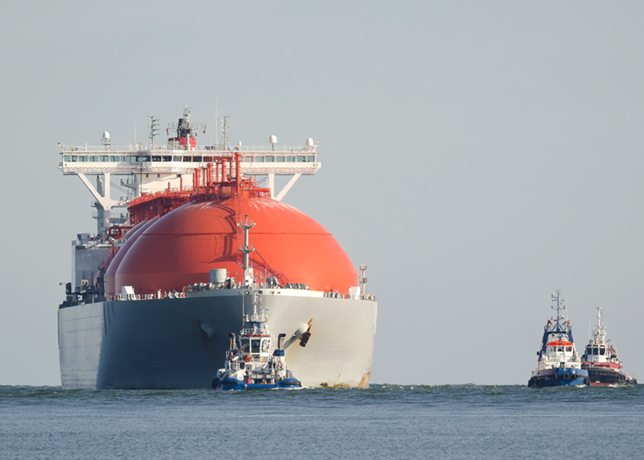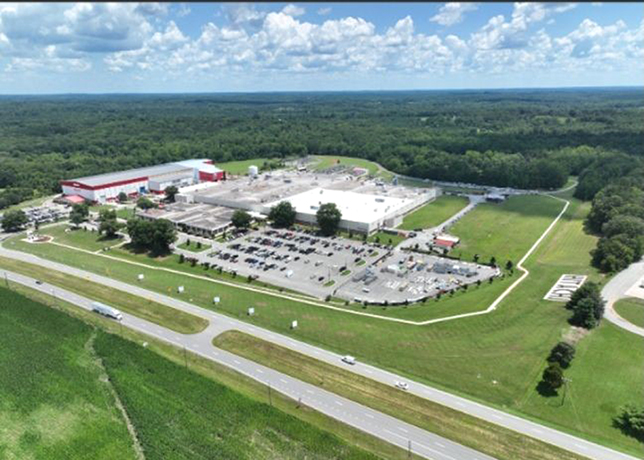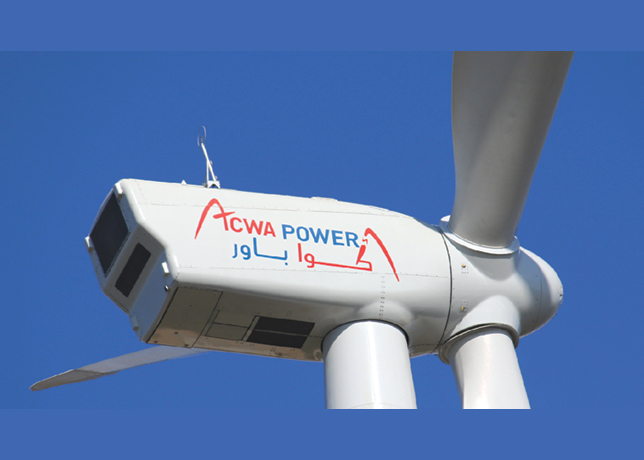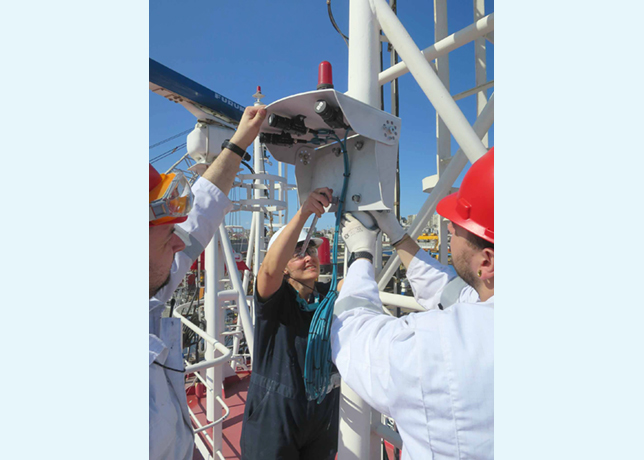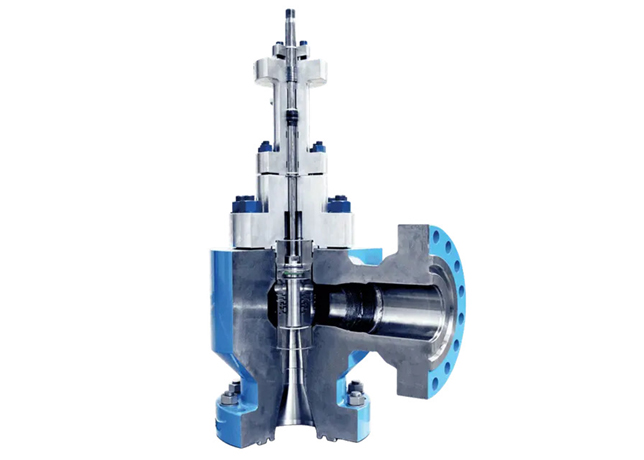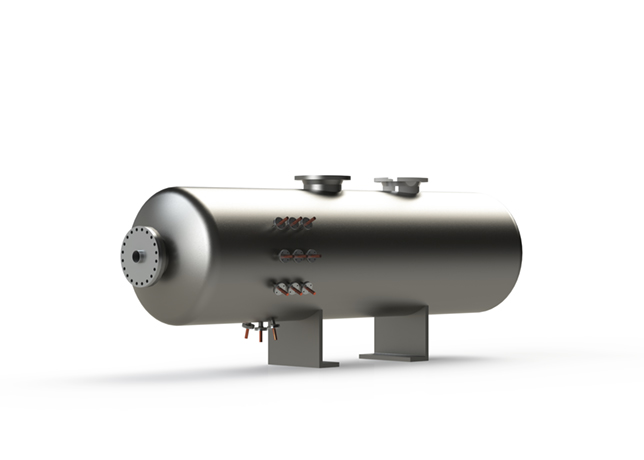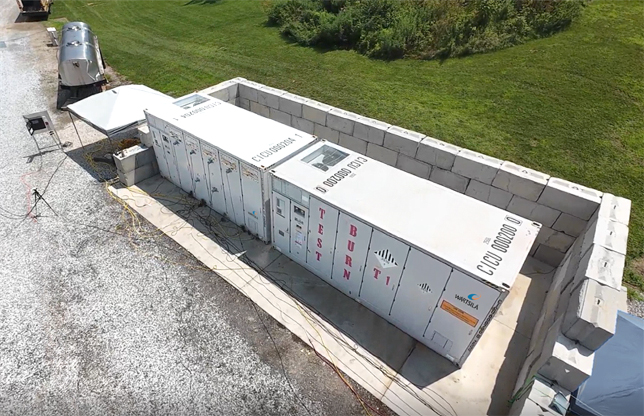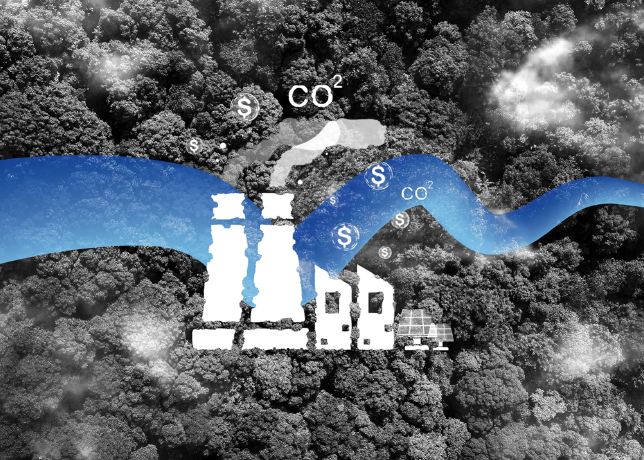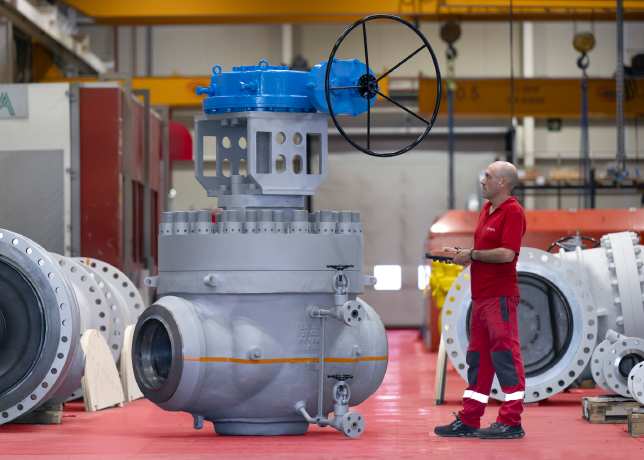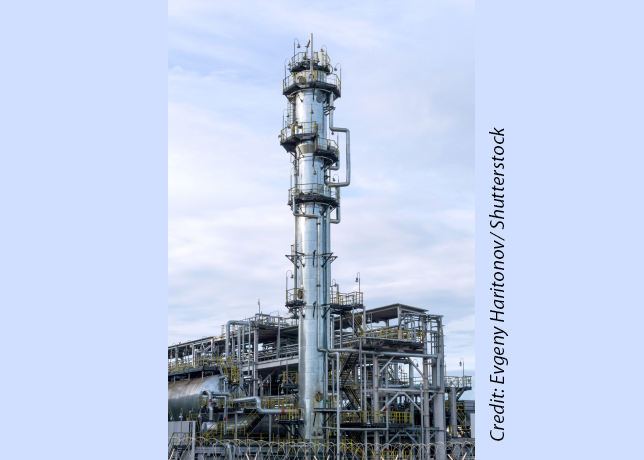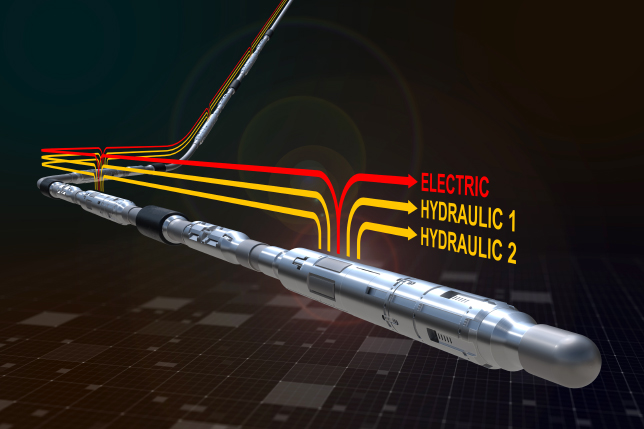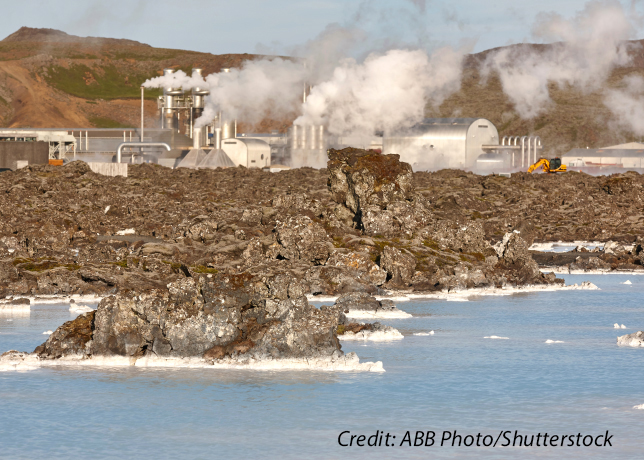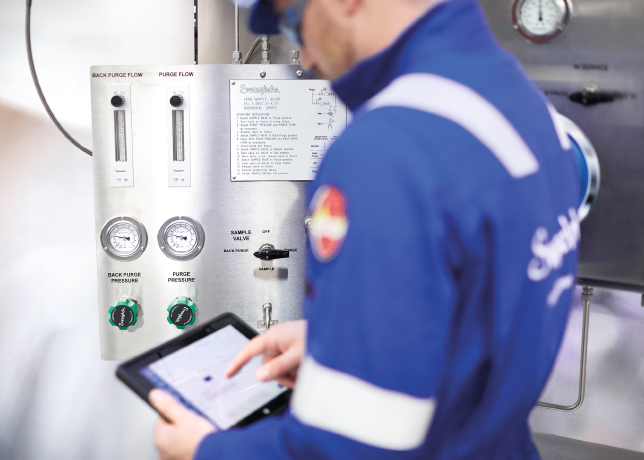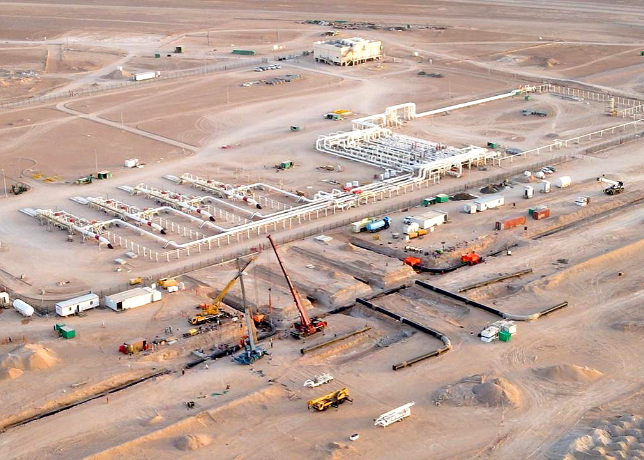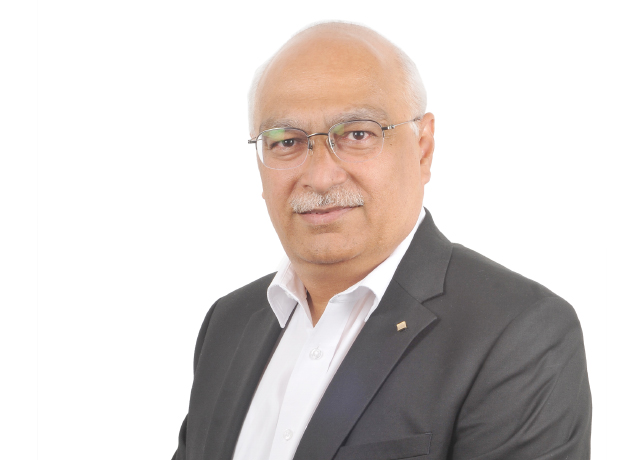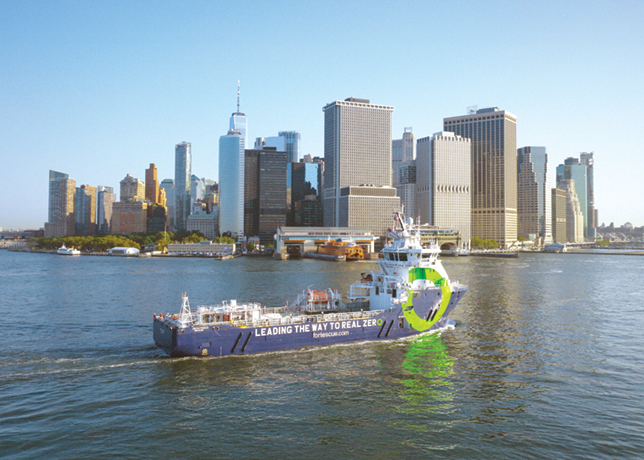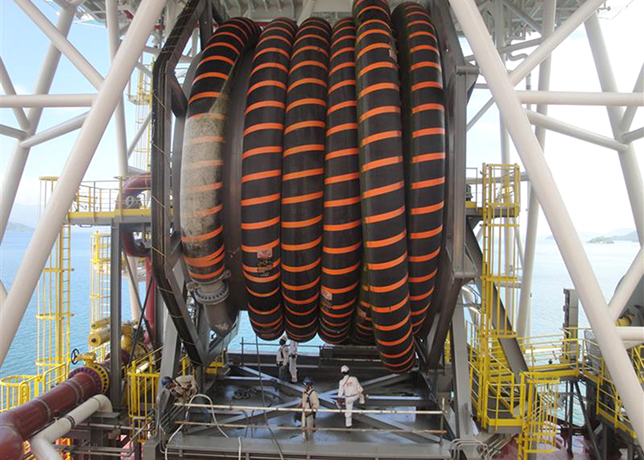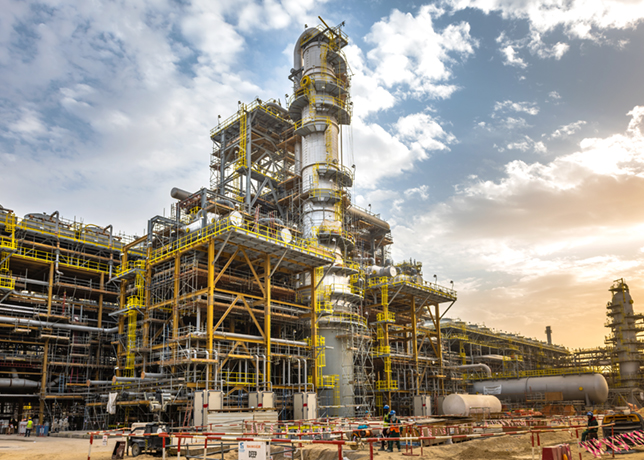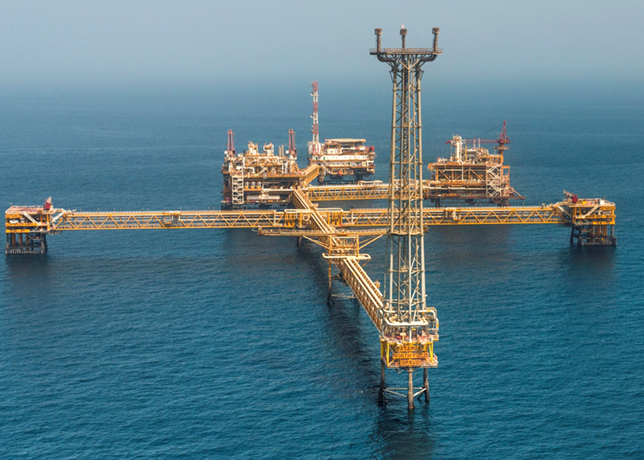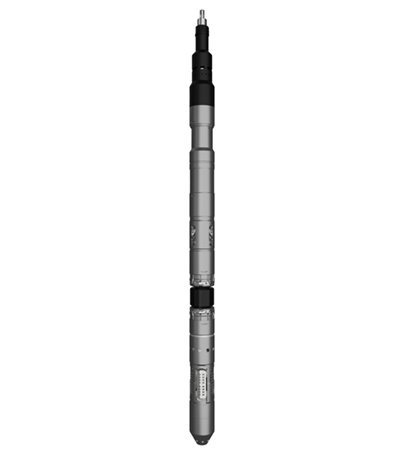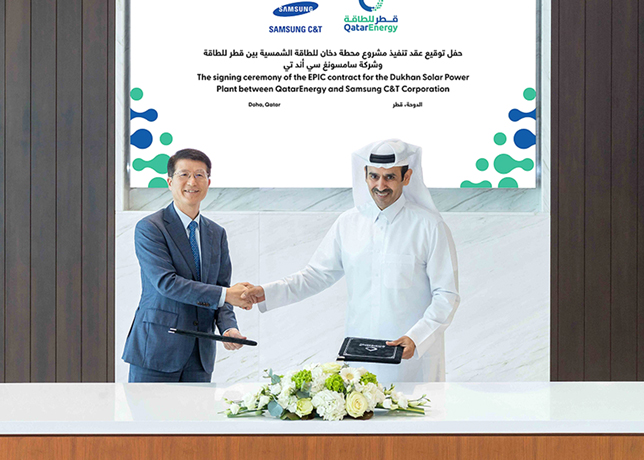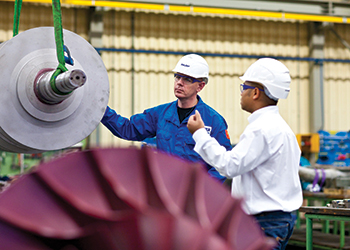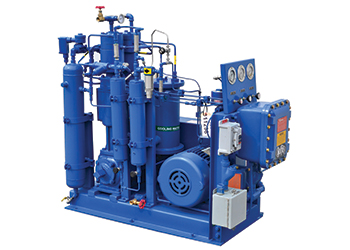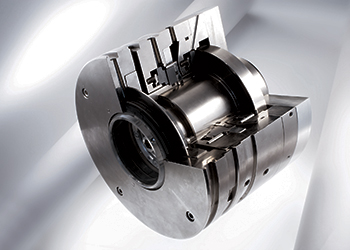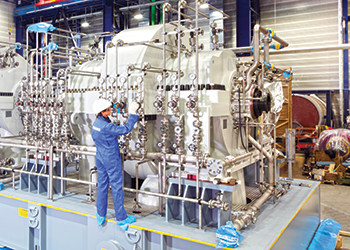
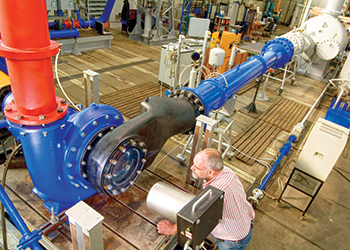 Centrifugal pump segments offer best growth opportunities
Centrifugal pump segments offer best growth opportunities
While turbulent global economic conditions are likely to cause price wars and dampen sales, the demand for cost-effective, easy-to-install centrifugal pumps will balance out any fall in overall uptake, says a report
The Global pumps market will tide over several waves of uncertainty to register substantial growth by the end of 2015, according to Frost & Sullivan research.
The decline in oil prices, in the beginning of 2015, in particular, forced consolidation and a shift to innovative operational procedures as end users focused on value-buying and energy efficiency.
The state of global oil prices at the end of 2015 is still uncertain and is expected to have a significant impact on the end-user industries across the globe. This, along with developments in subsea and shale gas around the world, is opening up immense opportunities for pumps companies.
Recent analysis from Frost & Sullivan, 2015 Outlook of the Global Pumps Industry, finds that the market is expected to earn revenues of $40.09 billion in 2015. The study covers the oil and gas, water and wastewater, chemicals, power, food and beverages, and pharmaceutical end-user industries.
"The advent of the internet of things (IoT) is shaking things up in the global pumps industry," says Frost & Sullivan industrial automation and process control research analyst Shilpa Mathur Ramachandran. "The deployment of IoT and Industry 4.0 will increase operational efficiency by nearly 45 per cent, escalate return on investment for manufacturers and widen application scope."
While turbulent global economic conditions are likely to cause price wars and dampen sales, the demand for cost-effective, easy-to-install centrifugal pumps will balance out any fall in overall uptake, the report says.
Moreover, opportunities are ripe in Asia and Africa. Asia-Pacific is the next hotspot for greenfield and brownfield investments in the pumps industry. The improving manufacturing competitiveness in Asian countries is spurring replacement opportunities for advanced pumps. Meanwhile, rising investments in the oil and gas, petrochemical, and food and beverage sectors are strengthening market prospects in emerging Latin American countries as well.
"As pump manufacturers look to tap this potential through sustained focus on innovation, the era of remote monitoring and proactive maintenance will unfold," states Ramachandran. "With changes in the end-user landscape causing a shift from transactional relationships to partnerships, suppliers will employ new business models such as analytics-as-a-service and pump-as-a-service to remain relevant in the global pumps market," he adds.
GLOBAL DEMAND TO GROW 5.5PC THROUGH 2018
Meanwhile, a report by the Freedonia Group analysing the $64.4 billion world pump industry says the global demand for fluid handling pumps is projected to increase 5.5 per cent annually to $84 billion in 2018. The Asia-Pacific region will remain the largest market and the second fastest growing, behind Central and South America, it says. The key positive displacement and centrifugal pump segments will offer the best growth opportunities.
Gains will be driven in developed nations by an improved fixed investment spending, and by increased investment in water infrastructure and mining activity in developing countries, it outlines.
In developed nations, an improved environment for fixed investment spending will enable pump-using manufacturers to invest in expansion and upgrade of facilities. In developing areas, increased investment in water infrastructure will spur gains as access to water supply and sanitation systems is expanded. Continued growth in mining activity, a byproduct of voracious demand for mined materials in China, India, and other developing nations, will boost pump demand in countries with large mining industries. Growth in oil production will also provide opportunities, especially in newly developed areas requiring infrastructure development.
CHINA, ASIA-PACIFIC TO LEAD NEW PUMP DEMAND
The Asia-Pacific region will generate 44 per cent of new pump demand through 2018. Pump sales in the region will be based on solid advances in fixed investment expenditures and construction spending. Several Asian countries are projected to record impressive gains, including China and India. China alone will account for 23 per cent of all new global pump demand between 2013 and 2018. On a regional basis, Central and South America is expected to post the strongest annual gains, benefiting from ongoing industrialisation. The US will remain the largest national market through 2018, due to its large process manufacturing industries, water infrastructure, and oil and gas industries.
Higher incomes in developing regions to benefit process manufacturing: Pump demand in the process manufacturing market will benefit from greater standards of living, particularly in developing regions. As consumers earn better incomes, they will spend more on goods such as fuel, chemicals, and food and beverages. Advances in pump demand in the water infrastructure market will result from two key factors: in developing nations, access to water supply and sanitation will be increased; in developed nations, aging water infrastructure will need repair and upgrade. Demand in the oil and gas market will benefit from more oil and gas production worldwide, though this may be tempered in the short term by a sharp decline in oil prices.
CENTRIFUGAL PUMPS TO REMAIN DOMINANT
Centrifugal pumps will continue to be the most commonly used pump design due to their varied pressure and load handling capabilities – including the ability to handle liquids with high solids content – and relatively low maintenance costs. Demand for positive displacement pumps will outpace the industry average due to growth in process manufacturing activity. Demand for aftermarket parts will benefit from rising manufacturing activity, mainly in harsh environments such as those in the chemical industry.
Expansion of major chemical end-user industries boosts global pump market
With improving economies in North America and the Asia-Pacific (Apac) regions, there are tremendous opportunities for pump manufacturers, according to a new analysis from Frost & Sullivan.
As developing nations are expected to witness the highest growth owing to booming chemicals industries, manufacturers are gradually shifting focus away from developed economies. In particular, Apac, accounting for 46 per cent of chemical sales worldwide, will command attention as it rides high on MNC investment and successful merger and acquisition activities in the chemicals industry, according to the report, Analysis of the Global Pumps Market in the Chemicals Industry.
The report finds that the market earned revenues of more than $4 billion in 2013 and estimates this to cross $5 billion in 2020.
The study covers trends in both centrifugal and positive-displacement (PD) pumps. Centrifugal pumps will continue to hold a larger market share due to broad application potential. On the other hand, PD pumps will see higher compound annual growth owing to enhanced marketing efforts and customers’ realization of the advantages of using these pumps over centrifugal pumps.
"As the automotive, construction and manufacturing industries—top end-users of chemical products worldwide—are likely to expand in the upcoming years, the demand for chemicals and thus pumps will rise," says Frost & Sullivan Industrial Automation & Process Control research analyst Sakthi Pandian.
These major end-users of chemicals are still recovering from the recent economic recession, and hence the pumps market has not reached its full potential. While the global pump market in the chemicals industry has been showing signs of recovery, it will only reach the post-recession level by 2018.
Along with the residual impact of recession, tough competition from low-cost manufacturers in developing nations restrains market development. As customers are increasingly adopting these inexpensive but high-quality chemical pumps that comply with environmental standards, the market share of leading participants is being eroded, according to Frost & Sullivan.
"Since the leading pump manufacturers find it difficult to compete with low-cost rivals on the basis of price, they will have to rely on the quality of their products, services and maintenance to survive in the global market," Pandian says. "Participants looking to secure their position in the market must also quickly capitalise on customers’ preference for integrated solutions, services and asset-management technology."
GLOBAL WATER PUMPS TO SURPASS $54BN BY 2020
Meanwhile, according to recently published TechSci Research report, global water pumps market is projected to surpass $54 billion by 2020.
The market, it says, is growing on account of increasing industrialisation and growth in various end-use industries such as water and wastewater treatment, chemicals, power, and oil and gas, among others. Further, continuing increase in water and wastewater treatment service tariffs and growing replacement of water pumps in developed markets are expected to drive global water pumps market over the next five years.
Asia-Pacific is the leading contributor in global water pumps market, accounting for largest revenue share in 2014. The dominance of Asia-Pacific can be attributed to high growth in water and wastewater treatment and power sector. The region is witnessing high demand from developing countries such as China and India, wherein an upsurge in the infrastructural development projects in process industries, rising standards of living and growing urbanisation, are resulting in increasing water scarcity and higher demand for better sanitation, which is consequently providing the required impetus to water recycling projects.
"Centrifugal water pumps dominated the global water pumps market last year and will continue to retain its dominance over the forecast period," says Karan Chechi, research director with TechSci Research, a research-based global management consulting firm. "The demand for centrifugal water pumps is supported by their growing use in both industrial and non-industrial segments, with water and wastewater treatment industry being the largest end user in industrial segment. Major end user industries for positive displacement pumps include wastewater treatment, food and beverage, pharmaceutical, and chemical industries," he adds.
A report published last December by TechNavio says smart pumps will contribute to the growth of the global water desalination pumps market, which is expected to grow at a CAGR of 7.7 percent from 2015 to 2019.
SMART WATER PUMPS CUT COSTS, ENERGY USE
Smart pumps will contribute to the growth of the global water desalination pumps market, which is expected to grow at a CAGR of 7.7 per cent from 2015 to 2019, according to a report by TechNavio.
Intelligent pumps possess the ability to regulate flow and pressure, and these systems can automatically adjust to process and pump system changes. They are increasingly being adopted by manufacturers because of their high level of fault tolerance ability, which cuts the cost of ownership, says Faisal Ghaus, vice president of TechNavio.
The systems can also help industries meet European Union energy consumption regulations, Ghaus says.
Global water desalination pumps mMarket finds demand for water treatment has increased significantly in developing countries, where fresh water resources can be scarce. Providing clean and potable water to huge populations has become a priority, which is pushing the demand for water desalination pumps.
A report published earlier this year by the McIlvaine Company forecast the market for desalination pumps, valves, filters and chemicals to top $5 billion in 2015.




